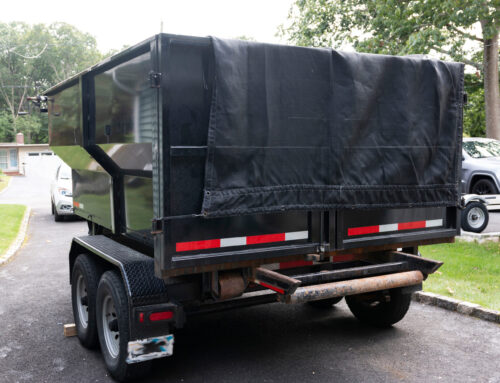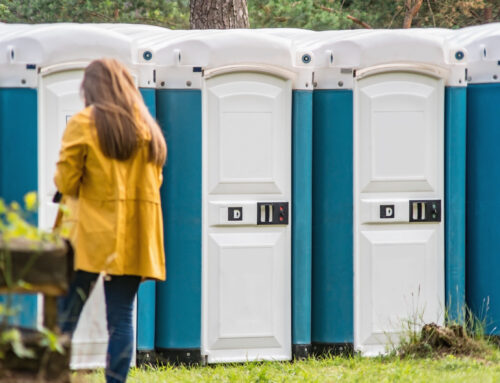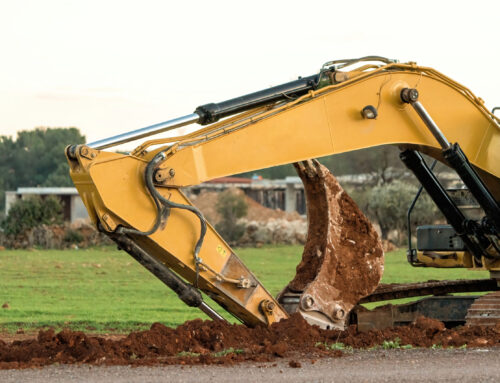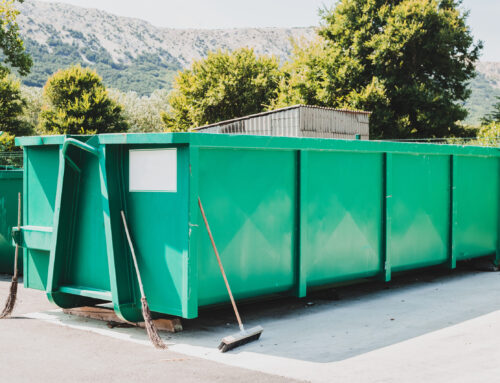Whether you’re tackling a home renovation, clearing out clutter, or managing a construction project, proper waste disposal is essential. Renting a dumpster provides a convenient and efficient solution for handling large volumes of debris. However, choosing the right dumpster size can sometimes be a daunting task. In this comprehensive guide, we will walk you through the various dumpster sizes available and help you make an informed decision based on your specific needs.
1. Understanding Dumpster Sizes
Dumpster sizes can vary, ranging from compact containers to large roll-off dumpsters. It’s crucial to understand the dimensions and capacity of each size to determine which one will best accommodate your project requirements. Typically, dumpster sizes are measured in cubic yards, representing the volume of waste they can hold.
2. Assessing Your Project Needs
Before selecting a dumpster size, it’s important to evaluate your project’s scope and the amount of debris you expect to generate. Consider the type of waste you’ll be disposing of, such as construction materials, furniture, or general household junk. This assessment will help you estimate the appropriate dumpster size.
3. Popular Dumpster Sizes
a) 10-Yard Dumpster: Ideal for small-scale projects or limited space, such as garage cleanouts or small remodeling jobs. It can hold approximately 3 pickup truck loads of debris.
b) 20-Yard Dumpster: A versatile choice for medium-sized projects, including kitchen or bathroom renovations. It can hold approximately 6 pickup truck loads of debris.
c) 30-Yard Dumpster: Suitable for larger projects, such as whole-home cleanouts or construction debris. It can hold approximately 9 pickup truck loads of debris.
d) 40-Yard Dumpster: Designed for major construction or commercial projects, capable of handling substantial amounts of waste. It can hold approximately 12 pickup truck loads of debris.
4. Factors to Consider
When selecting a dumpster size, consider the following factors:
- Available space for dumpster placement.
- Weight restrictions imposed by the rental company.
- Accessibility for loading debris into the dumpster.
- Local regulations and permits, if applicable.
5. Cost Considerations
Dumpster rental costs can vary based on factors such as size, duration, and location. While it may be tempting to opt for the smallest dumpster to save money, choosing an inadequate size can lead to additional fees for overfilling. Strike a balance between your budget and the capacity needed to avoid any unexpected expenses.
6. Consult with a Dumpster Rental Company
To ensure you choose the right dumpster size, it’s advisable to consult with a reputable dumpster rental company. Their experience and expertise can help guide you through the selection process, taking into account your specific project requirements and local regulations.
Selecting the right dumpster size is a crucial step in managing your waste disposal effectively. By understanding the different dumpster sizes available, assessing your project needs, and considering key factors such as space and cost, you can make an informed decision. Remember to consult with a trusted dumpster rental company to ensure a seamless rental experience. With the right dumpster size, you can efficiently dispose of debris and keep your project running smoothly.





